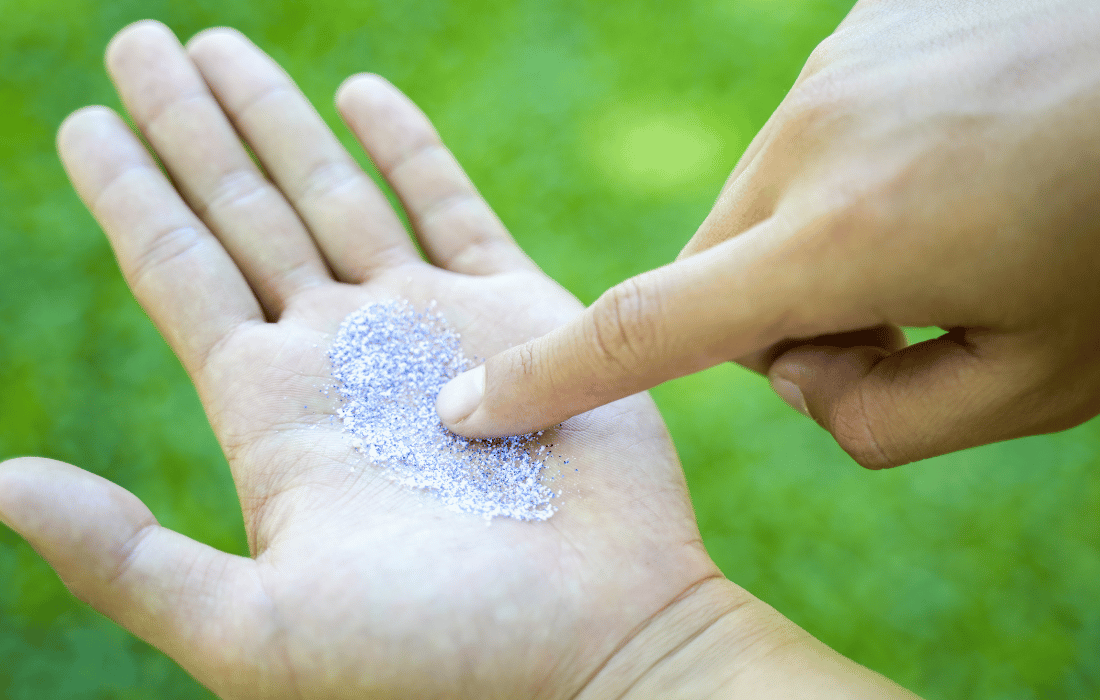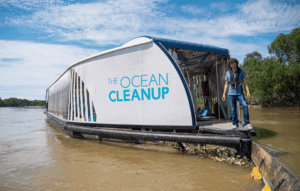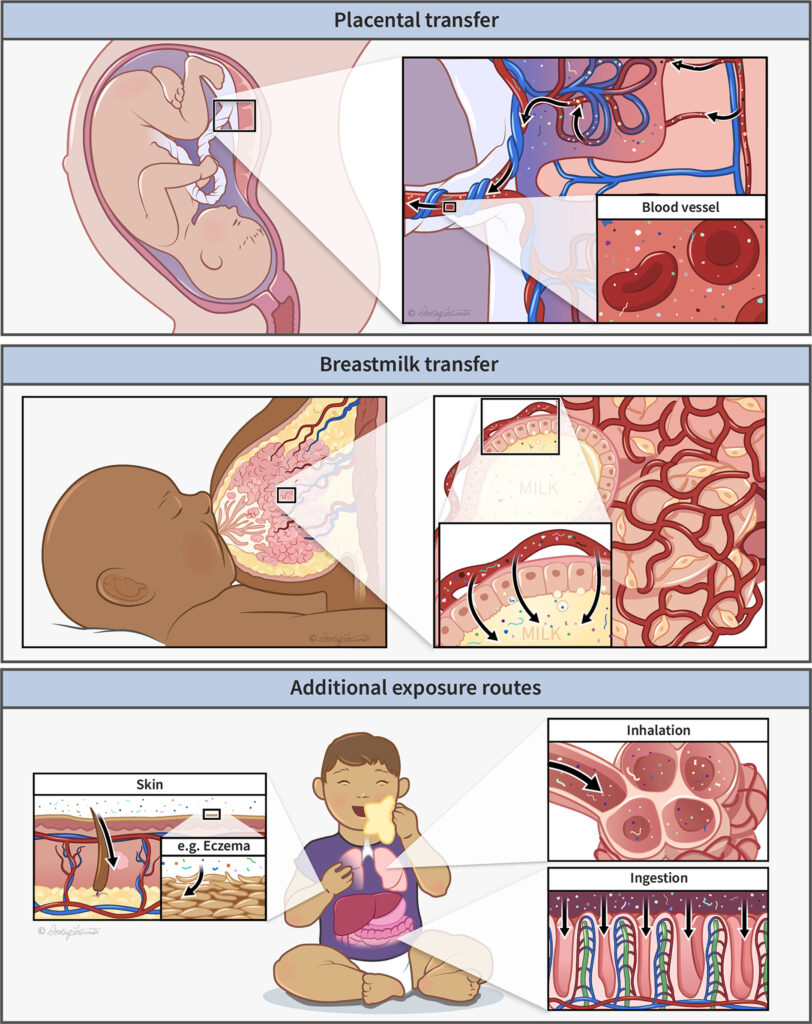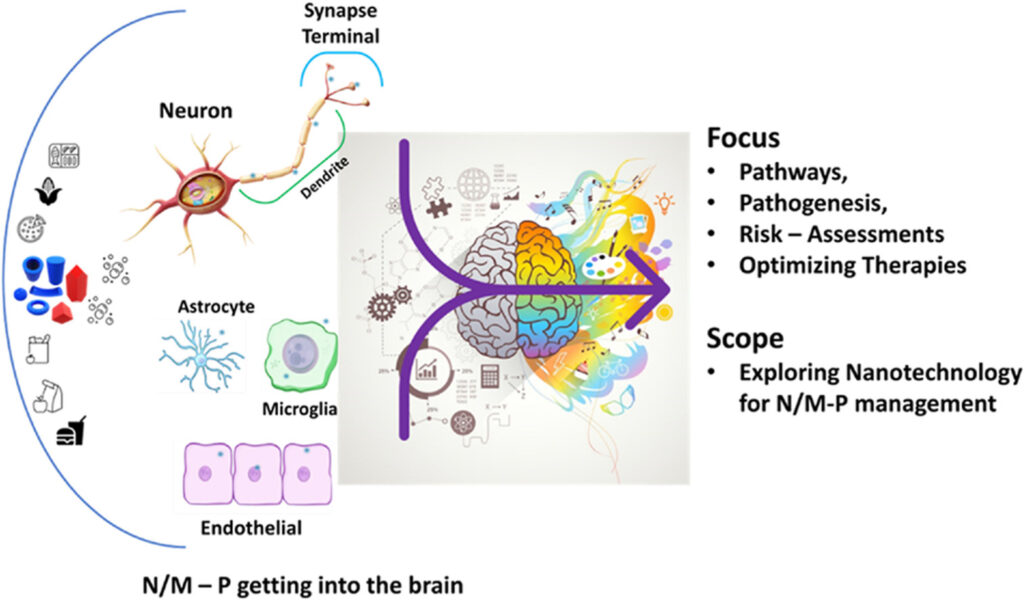Plastic has transformed modern life, offering convenience and affordability, but its pervasive presence has spawned an insidious byproduct—microplastics. These minute particles, measuring less than 5 millimeters, have infiltrated every corner of our environment, from the food we eat to the air we breathe. Particularly concerning is their impact on children, whose developing bodies are uniquely vulnerable to environmental hazards.
This article examines how microplastics affect children’s health, exploring their routes of exposure, developmental implications, and strategies for mitigation. By integrating current research and expert insights, we aim to shed light on this urgent issue and provide actionable steps for families and policymakers.
Understanding Microplastics
What Are Microplastics?
Microplastics are either intentionally manufactured (e.g., microbeads in cosmetics) or formed through the breakdown of larger plastic products. Their ubiquity stems from plastic’s durability, making these particles almost impossible to degrade completely. Microplastics can be categorized into two types:
Primary Microplastics: Tiny particles designed for industrial use, such as exfoliants or synthetic fibers.
Secondary Microplastics: Fragments resulting from the degradation of larger plastic items, like water bottles or packaging.
These particles are now pervasive in soil, oceans, rivers, indoor air, and even human bloodstreams.
How Children Are Exposed to Microplastics
Children are more susceptible to microplastic exposure due to their behaviors and physiology. Key routes include:
Ingestion:
Food and Drink: Studies show that microplastics are present in over 90% of bottled water and packaged foods. Alarmingly, plastic baby bottles can release up to 16 million particles per liter when exposed to heat.
Household Dust: Indoor dust is a significant source of microplastics, and children ingest higher amounts because of frequent hand-to-mouth activity.
Inhalation:
Synthetic fibers from textiles, furniture, and toys release airborne microplastics, which children inhale in greater quantities due to their higher respiratory rate.
Placental Transfer:
Research has detected microplastics in human placentas, indicating that exposure begins before birth.
Dermal Absorption:
While less studied, some evidence suggests microplastics in personal care products may permeate children’s sensitive skin.
The Health Implications for Children
Endocrine Disruption
Plastic additives such as bisphenol A (BPA) and phthalates are known endocrine disruptors. These chemicals mimic hormones like estrogen, interfering with the body’s hormonal balance. For children, this can impair growth, brain development, and reproductive health.
Key Findings:
BPA exposure has been linked to neurodevelopmental disorders such as ADHD and learning disabilities.
Phthalates have been associated with lower testosterone levels in boys and early puberty in girls.
Neurodevelopmental Risks
Developing brains are especially sensitive to toxins carried by microplastics. Animal studies have shown that maternal exposure to nanoplastics can disrupt neuronal connectivity and cause structural abnormalities in brain regions responsible for memory and motor skills.
Implications:
Long-term cognitive deficits.
Increased risks of conditions like autism spectrum disorders (ASD).
Immune System Compromise
Microplastics can provoke inflammatory responses by modulating immune cell activity. Emerging research indicates that these particles:
Impair immune regulation, increasing susceptibility to infections.
May trigger autoimmune reactions due to chronic exposure.
Carcinogenic Potential
Microplastics absorb and transport toxic substances, including persistent organic pollutants (POPs) and heavy metals. Chronic exposure may promote oxidative stress and DNA damage, creating conditions conducive to cancer development.
Microplastics and Autism: A Plausible Link
Recent research highlights a potential connection between microplastics and the alarming rise in Autism Spectrum Disorder (ASD) diagnoses. A 2023 study presented at the ISEE Conference underscores this troubling trend, particularly on the island of Guam, where ASD prevalence has quintupled between 2016 and 2022. This increase parallels widespread exposure to environmental microplastics, prompting a closer examination of their neurotoxic effects.
Study Insights:
Mechanisms of Neurotoxicity:
Induction of oxidative stress leading to neuronal damage and neuroinflammation.
Inhibition of acetylcholinesterase activity, crucial for nervous system function.
Altered neurotransmitter levels, mimicking ASD-like symptoms.
Routes of Exposure:
Microplastics are ingested or inhaled, eventually crossing the blood-brain barrier to exert neurotoxic effects.
Research Scope:
Out of 127 studies analyzed, 95 demonstrated the neurotoxic impact of microplastics on species like fish, mice, and crustaceans. Only three directly addressed the link to ASD, indicating a significant gap in human-focused research.
Implications for Children
The developing brain’s heightened vulnerability makes children particularly at risk.
Chronic exposure could exacerbate neurodevelopmental disorders, emphasizing the need for further research and preventive measures.
Combined Exposure: Polypropylene Microplastics and DEHP
One major study has shed light on the neurotoxic effects of combined exposure to polypropylene microplastics (PP-MPs) and di-(2-ethylhexyl) phthalate (DEHP), a common plastic additive, in immature mice. The findings offer critical insights into the potential risks faced by children exposed to these ubiquitous substances.
Study Highlights:
Neurocognitive Deficits:
Exposure to PP-MPs and DEHP caused significant memory and learning impairments in mice, demonstrated by behavioral tests like the Morris water maze.
Hippocampal Damage:
The CA3 region of the hippocampus, critical for memory, showed structural damage, further confirming neurotoxicity.
Oxidative Stress and Enzyme Inhibition:
Increased oxidative stress and reduced acetylcholinesterase (AChE) activity disrupted neural communication and heightened neuroinflammation.
Additive and Synergistic Effects:
Co-exposure intensified the toxic effects, suggesting a compounded risk when both pollutants are present.
Molecular Mechanisms:
Heat Shock Response Inhibition:
Combined exposure impaired the heat shock response, reducing cellular stress tolerance and promoting apoptosis in neurons.
Chronic Endoplasmic Reticulum Stress:
Persistent activation of the unfolded protein response led to neurodegeneration.
Relevance to Children:
Infants and young children are disproportionately exposed to PP-MPs due to their prevalence in feeding bottles and other plastic products.
Heating and sterilization of plastic containers release both microplastics and DEHP, increasing exposure risks.
Chronic exposure may impair cognitive development and increase susceptibility to neurodevelopmental disorders.
Microplastics and Gut Health: Evidence from Preschoolers
A pivotal study from Xiamen, China, reveals troubling insights into how microplastics (MPs) are infiltrating preschool children’s bodies and potentially disrupting their gut health. Researchers analyzed stool samples from 69 children aged three to six, uncovering both the prevalence of MPs and their possible impact on gut microbiota.
Key Findings Simplified
The study found that 85.5% of the stool samples contained microplastics, with polyvinyl chloride (PVC) detected most frequently, followed by polyethylene terephthalate (PET) and polyethylene (PE). Alarmingly, dietary habits such as consuming dairy and using plastic feeding bottles were linked to higher MP concentrations. For instance, silicone feeding bottles released significantly more MPs compared to glass or other alternatives.
Interestingly, children who spent more time eating meals had higher levels of PVC in their stools. This could be due to prolonged exposure to airborne particles settling on food. Such findings underline how everyday behaviors and products can elevate microplastic exposure in young children.
Gut Health Implications
The study suggests a direct link between high MP exposure and reduced diversity in the gut microbiota—a critical marker of digestive and immune health. Beneficial bacteria like Parabacteroides and Alistipes, which play key roles in maintaining a healthy gut, were found to be less abundant in children with higher MP levels.
Lower gut microbial diversity is a concern, as it has been linked to various health issues, including weakened immune systems and increased risk of chronic diseases later in life. Although the changes in gut bacteria were subtle in this study, the findings raise significant concerns about long-term health impacts.
Probiotics as a Shield Against Microplastic Toxicity
Emerging research suggests that probiotics could play a crucial role in mitigating the toxic effects of microplastics, particularly polystyrene microplastics (PS MPs) and nanoplastics (PS NPs). A recent review highlighted the mechanisms through which probiotics might offer protection.
Study Insights:
Gut Barrier Protection:
Probiotics enhance the intestinal epithelial barrier, reducing intestinal leakage caused by microplastics.
Inflammatory Regulation:
Probiotic bacteria modulate the immune system, decreasing inflammation and oxidative stress induced by microplastic exposure.
Microbial Balance:
Probiotics restore gut microbiota disrupted by microplastics, reducing dysbiosis and improving overall gut health.
Mechanisms of Action
Binding and Degradation:
Probiotics such as Lactobacillus and Bifidobacterium can bind to microplastics, reducing their bioavailability.
Certain strains may degrade harmful plastic additives like bisphenol A (BPA) and phthalates.
Reduction in Oxidative Stress:
Probiotics activate antioxidant pathways, countering the oxidative damage caused by microplastics.
Brain-Gut Axis Interaction:
Probiotic metabolites influence the brain-gut axis, potentially mitigating neurotoxicity and improving cognitive resilience.
Potential Benefits for Children
Neuroprotection:
Probiotics may prevent neuroinflammation and cognitive deficits associated with microplastic exposure.
Improved Immunity:
By strengthening gut health, probiotics enhance immune function and reduce susceptibility to infections.
Reduced Systemic Inflammation:
Lower levels of inflammatory markers may protect against chronic diseases in later life.
Practical Recommendations
Incorporate probiotic-rich foods like yogurt, kefir, and fermented vegetables into children’s diets.
Consider probiotic supplements, particularly those containing strains proven to combat oxidative stress and inflammation.
Educate families about the dual benefits of probiotics for gut and brain health.
Critical Windows: Pregnancy, Infancy, and Early Childhood
Children’s developmental stages amplify their vulnerability to microplastic exposure. Here’s how:
Prenatal Stage:
Microplastics can cross the placental barrier, exposing the fetus to physical and chemical hazards that disrupt organ development.
Infancy:
High-temperature sterilization of plastic bottles and containers releases microplastics directly into infant formula and breast milk.
Mouthing behaviors significantly increase exposure from toys and household objects.
Early Childhood:
Crawling, playing on floors, and touching contaminated surfaces elevate ingestion of microplastics from household dust.
Broader Environmental and Societal Context
Microplastics in Food Systems
Research highlights the alarming presence of microplastics in staple food items:
Seafood like fish and shellfish are heavily contaminated due to oceanic microplastics.
Processed foods contain particles from packaging materials.
Tap and bottled water, a primary hydration source for children, consistently show contamination.
Urban-Rural Divide
Urban environments exacerbate exposure through higher concentrations of synthetic fibers in the air and water. Rural settings may have reduced airborne exposure but face risks from agricultural plastic use.
Steps to Reduce Microplastic Exposure
At Home
Safer Feeding Practices:
Switch to glass or stainless steel bottles for infants.
Avoid heating food or liquids in plastic containers.
Improve Indoor Air Quality:
Use HEPA filters to capture microplastics in the air.
Regularly clean with damp cloths to minimize dust.
Food Choices:
Prioritize whole, unpackaged foods.
Rinse fresh produce thoroughly to remove contaminants.
Toys and Personal Care Products:
Opt for BPA-free, phthalate-free products.
Choose natural fibers over synthetic ones for clothing and bedding.
Community-Level Action
Support local initiatives advocating for reduced plastic use.
Educate schools and daycare centers about microplastic risks.
Policy Recommendations
Government Interventions
Ban harmful additives like BPA and phthalates in children’s products.
Implement stricter regulations on plastic production and waste management.
Fund research on the long-term health effects of microplastic exposure.
Industry Accountability
Innovate safer, biodegradable alternatives to plastics.
Reduce plastic packaging in food and personal care products.
Label products transparently regarding their plastic content and additives.
Conclusion: A Collective Responsibility
Microplastics pose an invisible yet pervasive threat to children’s health, impacting everything from their neurodevelopment to their immune systems. While families can take immediate steps to reduce exposure, systemic changes are essential for long-term solutions.
The fight against microplastic pollution demands collaboration among individuals, communities, industries, and governments. By prioritizing children’s health today, we secure a safer, healthier future for generations to come.












